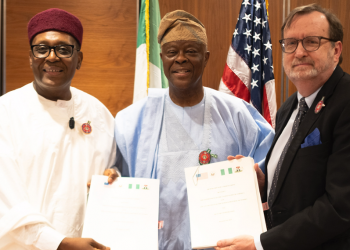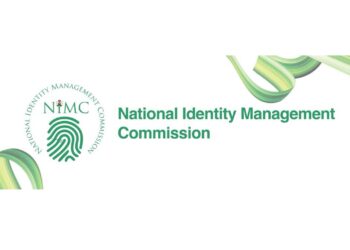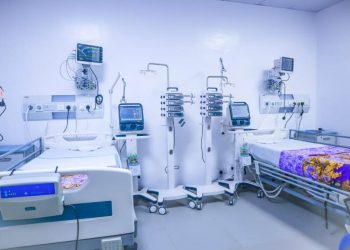The deregulation of meter pricing has led to a significant increase in meter costs, with some three-phase meters now selling almost at N250,000.
This has raised concerns not only about availability but also affordability, especially for consumers still subjected to estimated billing.
The average prices announced by distribution companies across the country are as follows.
Abuja DisCo:
Single Phase Meter — Between N105,000 to N131,000
Three Phase Meter — N198,000 to N220,000
Kaduna DisCo:
Single Phase Meter — Between N120,000 to N132,000
Three Phase Meter — Between N206,000 to N215,000
Ikeja DisCo:
Single Phase Meter — Between N120,000 to N125,000
Three Phase Meter — N213,000 to N225,000
Eko DisCo:
Single Phase Meter — Between N117,000 to N135,000
Three Phase Meter — Between 145,000 to N247,000
While energy experts agree that this move may help address the metering gap in the country, they caution that it does little to tackle the broader challenges posed by high inflation and the rising cost of living.
The Nigerian Electricity Regulatory Commission’s (NERC) move to deregulate Meter Asset Providers (MAP) was hailed as the much-needed solution to the country’s persistent metering gap crisis.
However, this silver bullet has come with a price, and not just figuratively. The soaring cost of prepaid meters has added a new layer of burden for the average Nigerian household, making the dream of escaping the trap of estimated billing feel like an increasingly distant hope.
For millions of Nigerians, the sharp rise in metering costs from about N80,000 to over N200,000 in just one year has become as burdensome as the problem it was meant to solve: eliminating estimated billing.
Four months ago, NERC introduced a promising policy to deregulate both meter prices and providers, embracing a willing-buyer, willing-seller system aimed at opening up the market. This move was intended to empower customers, allowing them to obtain meters from any approved vendor without relying on the DisCos.
The most pressing of these is the increase in meter prices, exacerbated by the prevailing economic conditions and rising inflation.
According to the National Bureau of Statistics, the number of customers on estimated billing has surged from 5.83 million in Q4 2023 to 6.43 million in Q1 2024, marking a significant 10% rise.
These figures represent millions of households striving to escape the cycle of overbilling and other abuses by their distribution companies, only to find that the path to obtaining a prepaid meter has become even more difficult.
Following the announcement by NERC, DisCos and their meter providers/partners have declared new meter prices, pointing to the deregulation policy and ailing economic conditions.
None of the new prices is below N100,000, a very sharp increase from the former price announced by NERC in September 2023.
According to the new prices by DisCos, the cost of a single phase meter rose from N81,975 to about N125,000, depending on the DisCo and the vendor the customer is purchasing from.
Different DisCos announced different prices from N120,00 for a single-phase meter to about N240,00 for a three-phase meter, a sharp increase that has made struggling Nigerians question their choices in obtaining meter and estimated billing.
For Nigerians already grappling with soaring inflation, skyrocketing living costs, and the recent hike in electricity tariffs for Band A customers, the sharp increase in meter prices feels like an added weight to their already overwhelming burdens.
Meanwhile, the minister of Power Adebayo Adelabu has set an ambitious target to eliminate estimated billing by the end of the year.
But this goal appears increasingly out of reach. Recent data from Q1 2024 indicates that estimated billing rose by 10%, affecting over six million households.
The federal government plans to address this with the move to purchase 3.5 million meters this year to bridge the metering gap.
However, with around seven million customers still unmetered, significant challenges remain. This has raised concerns that the government may resort to tariff hikes and a stronger emphasis on cost-reflective pricing.













Comments 1